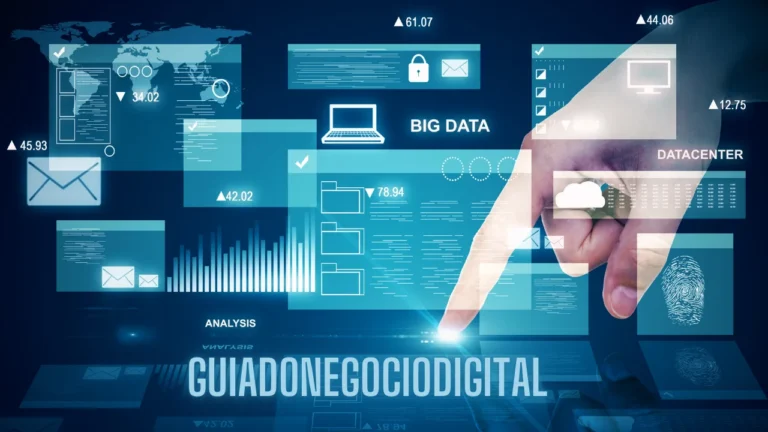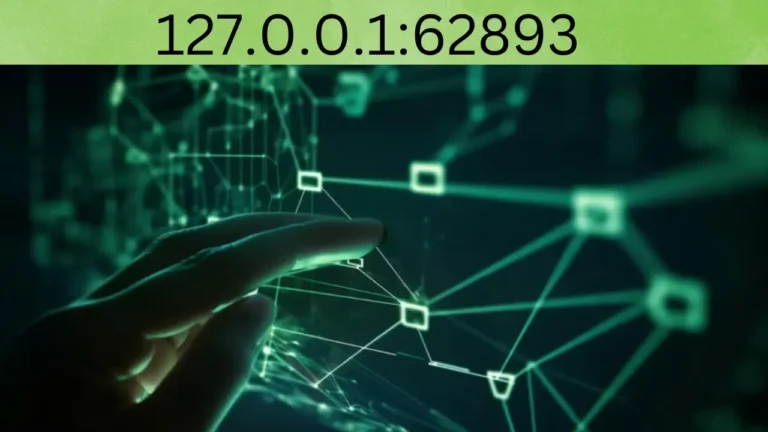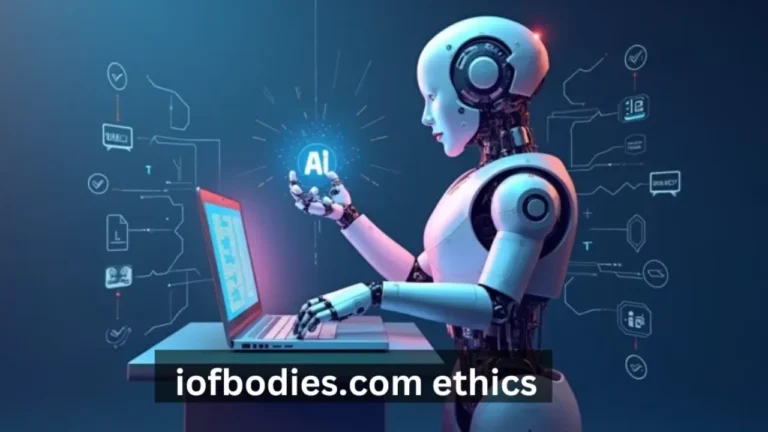CEO Must Have a Vision for Innovation: The Role of a vCISO in Cybersecurity Leadership
Introduction
In today’s digital landscape, a CEO must have a vision for innovation to stay ahead of cyber threats. As organizations increasingly rely on technology, the role of a Virtual Chief Information Security Officer (vCISO) has become essential.
A vCISO brings strategic cybersecurity leadership, enabling businesses to innovate securely while staying compliant with regulatory frameworks. This article explores the importance of visionary leadership in cybersecurity, the role of a vCISO, and how CEOs can foster a culture of security-driven innovation.
Why Innovation is Critical for CEOs
CEOs who prioritize innovation gain a competitive edge by integrating cutting-edge technologies, cybersecurity measures, and strategic risk management. In an era where cyberattacks are evolving rapidly, businesses must adapt proactively. A forward-thinking CEO recognizes that cybersecurity is not just an IT issue but a fundamental business enabler.
Key Reasons CEOs Must Lead Innovation:
- Rapid Digital Transformation: Cloud computing, AI, and IoT are reshaping industries, increasing both opportunities and risks.
- Growing Cyber Threats: Ransomware, phishing, and data breaches can cripple businesses, making proactive security essential.
- Regulatory Compliance: GDPR, CCPA, and other regulations require strong cybersecurity measures.
- Customer Trust & Brand Reputation: A security breach can damage trust and lead to revenue loss.
- Competitive Advantage: Secure innovation fosters confidence in stakeholders and customers.
The Role of a vCISO in Cybersecurity Innovation
A vCISO serves as a strategic partner for businesses, aligning cybersecurity initiatives with corporate goals. Unlike a traditional CISO, a vCISO is a fractional executive, providing expertise without the cost of a full-time hire. Their role is pivotal in helping CEOs navigate cybersecurity challenges while fostering innovation.
Key Responsibilities of a vCISO:
- Developing a Cybersecurity Strategy: Align security frameworks with business objectives.
- Risk Management: Identifying, assessing, and mitigating cybersecurity risks.
- Regulatory Compliance: Ensuring adherence to data protection laws and industry standards.
- Incident Response & Business Continuity: Preparing for and responding to security incidents effectively.
- Security Awareness & Training: Educating employees on cybersecurity best practices.
- Technology Adoption & Innovation: Implementing AI-driven security solutions, Zero Trust frameworks, and advanced threat intelligence.
How a CEO Can Drive Cybersecurity Innovation with a vCISO
1. Integrate Cybersecurity into Business Strategy
A CEO’s vision for innovation should integrate cybersecurity as a core business function. Partnering with a vCISO ensures that security is embedded in digital transformation initiatives rather than being an afterthought.
2. Invest in Emerging Technologies
Innovation requires leveraging AI, machine learning, and automation for threat detection and response. A vCISO can guide the adoption of next-gen security tools, such as:
- AI-driven Threat Intelligence
- Zero Trust Architecture
- Cloud Security Posture Management (CSPM)
- Extended Detection and Response (XDR)
3. Foster a Security-First Culture
A CEO must cultivate a security-conscious workforce by championing cybersecurity training and awareness programs. A vCISO can help develop policies that encourage employees to adopt security best practices.
4. Ensure Regulatory Compliance & Risk Management
With evolving compliance requirements, a vCISO helps businesses navigate complex regulations such as:
- GDPR (General Data Protection Regulation)
- CCPA (California Consumer Privacy Act)
- NIST (National Institute of Standards and Technology) Cybersecurity Framework
A proactive compliance strategy mitigates legal risks and enhances customer trust.
5. Strengthen Incident Response & Business Continuity
Every business must prepare for cyber incidents. A vCISO develops and tests incident response plans, ensuring that organizations can recover swiftly from cyberattacks without disrupting operations.
SEO Best Practices for Cybersecurity Thought Leadership
To enhance search engine visibility, it’s crucial to optimize content using SEO best practices:
1. Use High-Impact Keywords
- vCISO services
- Cybersecurity leadership
- CEO innovation strategy
- Digital transformation security
- Fractional CISO benefits
- AI-driven cybersecurity
- Zero Trust security model
- Cyber risk management
2. Optimize for Featured Snippets
- Use bullet points and numbered lists for easy readability.
- Answer common questions such as “What is a vCISO?” and “Why do CEOs need cybersecurity leadership?”
3. Include Internal & External Links
- Link to authoritative sources like NIST, ISO 27001, and cybersecurity reports.
- Include internal links to relevant blog posts or case studies.
4. Enhance Readability & Engagement
- Use short paragraphs and subheadings.
- Add real-world examples and case studies.
Conclusion
A CEO’s vision for innovation must include cybersecurity as a strategic priority. With the growing complexity of cyber threats, a vCISO provides the expertise to help businesses innovate securely.
By integrating cybersecurity into business strategy, investing in advanced security solutions, and fostering a culture of cyber resilience, organizations can achieve sustainable growth while protecting their digital assets.







